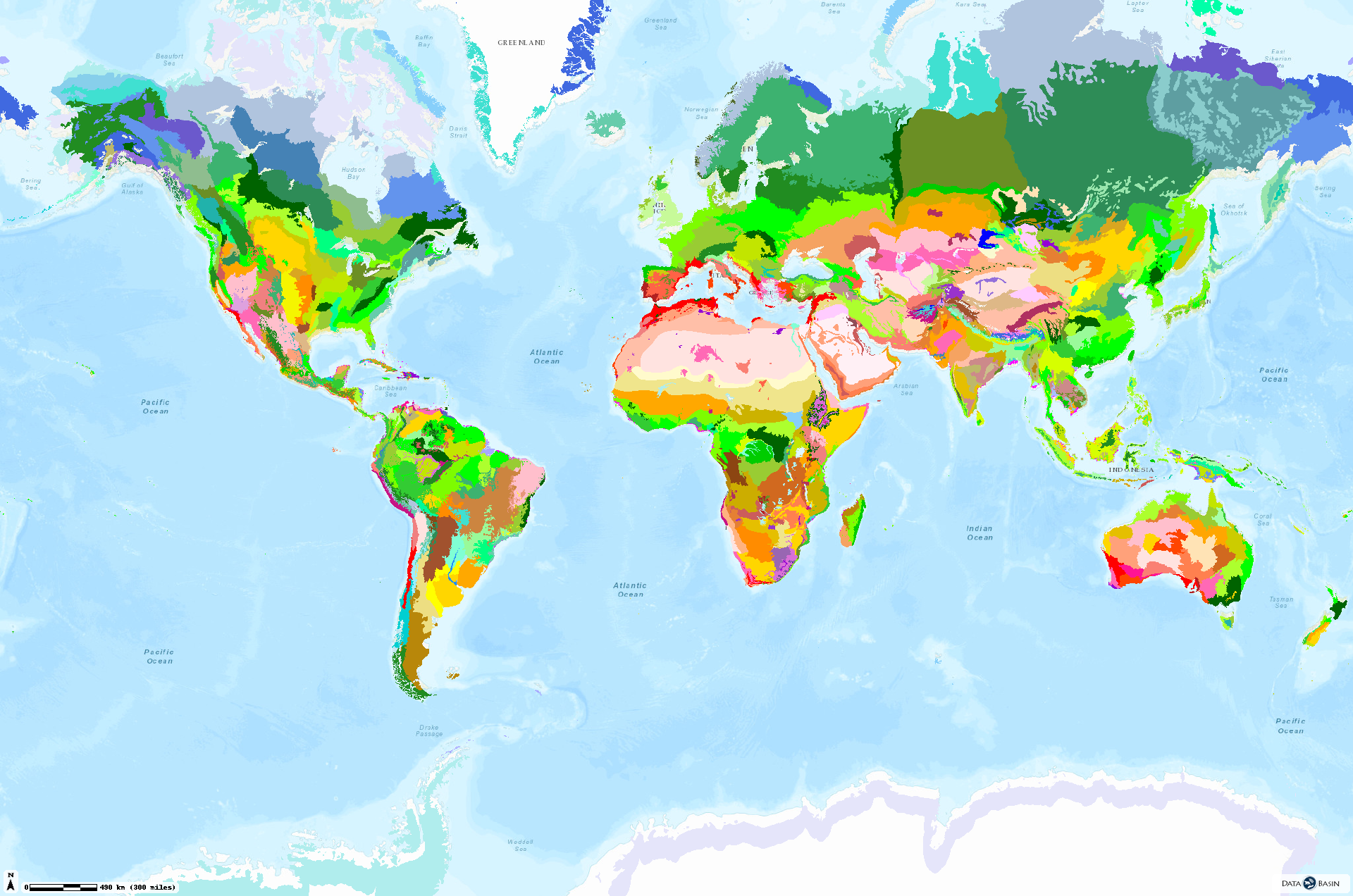Cruz, also known as Cruz Pinto, is a Brazilian professional footballer who currently plays for Figueirense in the Campeonato Brasileiro Série A and has previously played for Santos, Palmeiras, and Corinthians. Born on January 26, 1984, in Rio de Janeiro, Brazil, he began his career with Santos before moving to Palmeiras in 2003. Cruz made a significant impact at Palmeiras, winning
Eira is a genus of flowering plants in the family Apiaceae, native to Africa and Madagascar. They are commonly known for their large flowers with deep green nectar and are widely cultivated as ornamental plants.
Cerejeira-do-Mato is a type of plant in the family Cucurbitaceae, known for its small size and sweet flavor.
The term "ascoseirales" is a biological term that refers to a group of fungi that produce sulfur-containing compounds, such as sulfuric acid and sulfuric acids.
The term "Steirachne" is not a commonly used scientific or biological term. It seems like you might be referring to something unrelated, such as a character in a story, but that's all it is. If you have any specific information about this term, please provide more details so I can assist you better.
Neiraga is a mythical creature from Chinese folklore that is often depicted in Chinese literature, particularly in stories about the adventures of Lu Xun, a Chinese poet and revolutionary who lived during the late Qing Dynasty (1644-1912). The term "neiraga" refers to a large, powerful, and sometimes malevolent entity or spirit.
beira is a body part of the human body that connects two or more parts together, typically in an articulation. It serves as a connection point between different bones and muscles, allowing for movement and supporting the head and upper body.
Term for a type of bird.
Madeira is a volcanic island located off the coast of Portugal, known for its stunning natural beauty and rich cultural heritage. It is also home to several UNESCO World Heritage Sites, including the Monastery of Santa Maria de Madeira, which is one of the most iconic and historically significant structures in Madeira.
Pseudomeera is a type of plant that has a green, smooth, and waxy surface and can be found in various parts of the world, including Asia, Africa, Europe, and North America.
Pareira is a term used in botany, specifically in the genus Pachycereus, which includes several species of flowering plants, including the popular species "Pareira" (also known as the common pea). These plants are characterized by their large, oval-shaped flowers and are native to South America.
Cephalispheira is a type of cephalopod that has three pairs of legs, resembling a human skull. These cephalopods are known for their unique abilities in underwater exploration and have been observed swimming at great depths.
Nemepeera is a genus of flowering plants in the family Asteraceae, native to South America and Central Asia. It includes over 35 species, with many having aromatic flowers that are used in traditional medicine and culinary dishes worldwide.
Platysteira is a type of plant that grows in shallow water, such as in lakes or rivers. They are often found in aquatic environments and can be found throughout North America, including the Great Lakes, the Mississippi River, and the Okefenokee Swamp.
Heterochromia, a characteristic in animals where two or more colors are seen at the same time.
Phallocheira is a type of flowering plant that produces male flowers, known for its distinctive shape and size, often resembling an egg or a pear. This unique shape allows it to produce pollen, which is crucial for fertilization and sexual reproduction in many species.
Teira is a character from the anime series "Dragon Ball Z" who appears in the manga and anime adaptations. She is a female, anthropomorphic creature with the ability to manipulate water and has been known for her intelligence, strength, and quick wit.
Apnea, a condition where the chest muscles contract uncontrollably while breathing, is characterized by a loud, irregular, and often rapid rhythm of breathing.
Cheimarrichthyidae is a family of marine fish known for their distinctive, large jawed teeth and streamlined bodies. They are typically found in the Mediterranean Sea, Atlantic Ocean, and Indian Ocean, but can also be found in other warm oceanic waters. This family includes several species, including the Cheiranthus, which is commonly used as a culinary ingredient, and the Chimaera, a large fish that can grow up to 30 feet (9 meters) long
Pseudogeirat, a type of fungus, is known for its unusual growth patterns and often found in soil or on surfaces where it grows well. It's characterized by its elongated, spiky, and sometimes translucent stems that can grow up to 30 cm long. These fungi are particularly common in areas with high levels of moisture and nutrient availability, such as forests and meadows.
Benfica is a Portuguese football club based in the city of Lisbon, Portugal. It was founded in 1892 and has won numerous titles at all levels including European Championships, League Cups, and the UEFA Cup. The team's main colors are blue and white, and they play in the Primeira Liga, which is the highest tier of Portuguese football.
Steirarrhinus is a genus of herbivorous insects in the family Hymenoptera, commonly known as bees or moths. It belongs to the order Hemiptera and includes over 400 species that are found worldwide. The genus name "Steirarrhinus" comes from the Greek word "stereos", which means "two-sided," and "arrhinus," meaning "longhorn." This specific group of insects is known for their distinctive long
"Erianthus" is a genus of flowering plants in the family Apiaceae, native to North America and parts of Europe, Asia, and Australia. It comprises several species that are commonly known as "eiranthuses," including the well-known Eriahornia. Each species bears round or oval flowers with colorful petals and a long, tubular stem.
Cheiraster is a type of plant that has no seeds but instead produces large, compact fruit clusters called cherries or cherries.
América, a continent in South America, is known for its diverse ecosystems, rich biodiversity, and cultural significance. It's characterized by extensive rainforests, arid desert landscapes, and mountainous regions. The continent has played a crucial role in shaping global geography, influencing trade routes, and influencing human culture through various civilizations.

